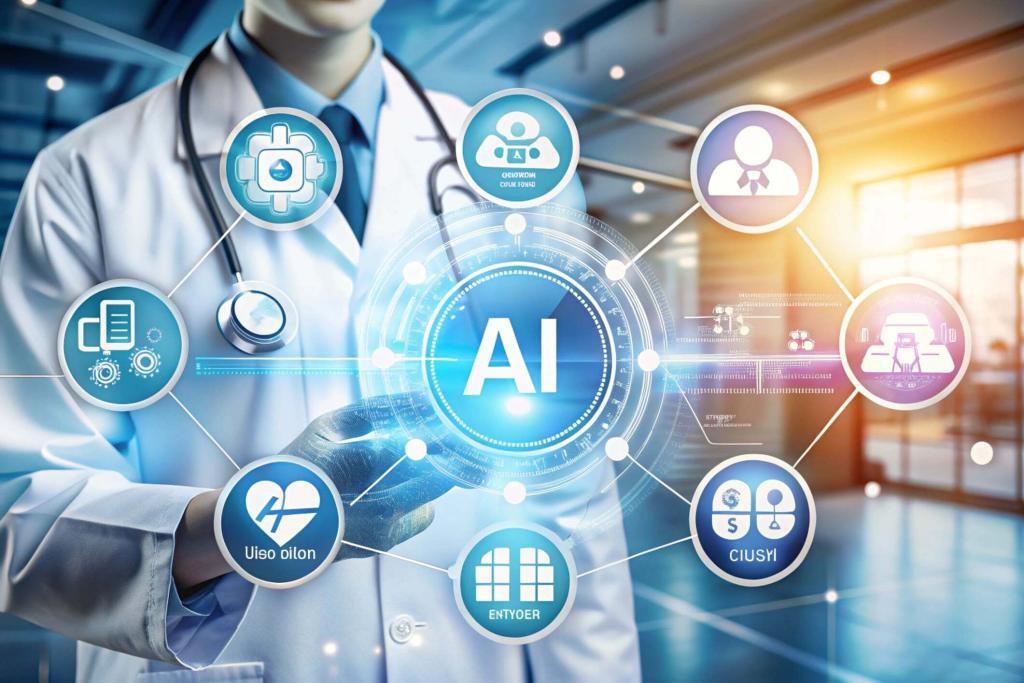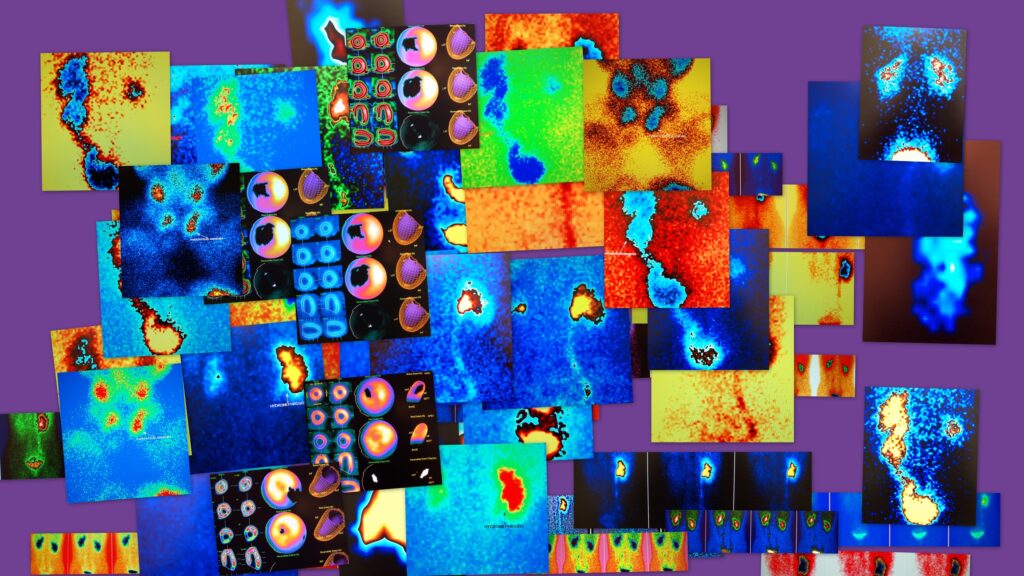Healthcare is changing fast. New tech tools help teams work smarter. Among these, predictive analytics stands out. It uses data to spot trends before they fully emerge. This allows providers to act early, and patients get timely care. Additionally, health systems save resources, insurance models become more accurate, and research speeds up.
Across the board, predictive analytics promises a shift. It moves care from reactive to proactive. This makes it the next big thing in health tech. Let’s explore eight reasons why this trend will shape the future.
1. Improved operational efficiency
Predictive analytics platforms leverage predictive analytics to optimise staffing and resource allocation. These systems forecast patient influx and bed needs. This cuts waiting times and bottlenecks. Teams adjust schedules based on demand patterns, and supply chains sync with predicted caseloads. This reduces waste and idle capacity. It also speeds up care delivery.
In addition, administrators gain clarity on costs and performance. It uses real-time data from electronic records and IoT devices. Forecasting helps plan for seasonal surges and public health events.
2. Personalised patient engagement
Analytics track patient behaviour and preferences. Platforms send tailored reminders for medication and check-ups. They predict which patients need extra support or coaching. This drives better adherence and satisfaction. In addition, chatbots and apps deliver care tips based on risk profiles.
Engaged patients feel more empowered and informed. They take an active role in their health. Providers build stronger relationships through customised outreach. Overall, engagement efforts become more strategic and effective. For best results, providers should consider outsourcing outreach and customer care to experts like Serva Health.
3. Enhanced patient risk assessment
Predictive models spot risk patterns before symptoms appear. They combine historical records, genetics, and lifestyle data. Clinicians receive alerts about high-risk cases early. This drives timely tests and targeted interventions.
Machine learning refines predictions with new data. It cuts hospital stays and prevents emergencies. It also reduces complications, readmissions, and overall spend. In addition, health teams gain insights from emerging trends. It also lays the foundation for personalised preventive care plans. Proactive care saves lives and optimises resources.
4. Data-driven treatment plans
Analytics identify which therapies work best for each profile. They analyse clinical trials, patient history, and outcomes. Algorithms suggest optimal medication doses and durations. Doctors then review model recommendations alongside clinical judgment. This marries science with expert expertise. It speeds up decision-making and reduces trial and error.
Additionally, patients receive more effective therapies sooner. Predictive tools constantly learn from new results and feedback. The result is faster recoveries and lower side effects. Care pathways also become more predictable and scalable.
5. Clinical trial acceleration
Pharma struggles with slow patient recruitment and dropouts. Predictive analytics forecasts enrollment rates based on demographics and site performance. It also identifies participants at risk of non-compliance. Sponsors then tailor support and communication plans. This leads to faster clinical trial completion and lower costs. Virtual trials benefit from these insights, keeping patients engaged remotely. Regulators see more robust data sooner. Faster trials mean quicker access to new treatments.
6. Reducing hospital readmissions
Predictive models identify patients at risk of readmission soon after discharge. They analyse lab results, social factors, and follow-up compliance. Hospitals can schedule targeted support and home visits. This proactive outreach reduces readmission rates and penalties.
Patient satisfaction improves as care continues beyond hospital walls. It also lowers costs for providers and payers. Predictive analytics also highlights gaps in post-discharge care. Data drives the design of better follow-up programs. This allows health leaders to review outcomes and refine thresholds.
7. Optimising resource allocation
Healthcare facilities juggle staff, equipment, and rooms. Predictive analytics forecasts demand and aligns resources accordingly. It predicts peak times for imaging, surgeries, and clinic visits. Admins can budget staff hours and equipment maintenance. It reduces idle time and prevents bottlenecks. Facilities save costs while maintaining quality.
Predictive insights also guide inventory management for supplies and medications. In addition, decision makers have access to clear dashboards and reports. They adjust plans as forecasts change.
8. Cost reduction
Healthcare spending is under constant scrutiny. Predictive analytics spots areas for savings by predicting high-cost cases. Predictive models flag patients likely to need expensive interventions. Care managers then offer preventative resources such as home visits or telehealth. This reduces hospital stays and emergency visits. In addition, insurers and employers see lower claims and premiums. Providers maintain quality while cutting waste. Every dollar saved can be reinvested in patient care.
Endnote
Predictive analytics represents a significant shift in health tech. It transforms raw data into actionable insights. Providers gain foresight and flexibility. Patients benefit from faster, more precise care. Administrators reduce costs and improve workflows. In addition, public health gains stronger prevention tools, and investors see clear paths to ROI in analytics platforms.
Organisations that invest now will set new benchmarks in quality and efficiency. Predictive analytics is more than a trend. It’s the future of smarter, proactive healthcare. The time to explore its potential is now. Adoption now will shape healthcare’s path for years.
Disclaimer
The information provided in this article, Why Predictive Analytics Is the Next Big Thing in Health Tech, is intended for general informational purposes only and does not constitute professional medical advice, diagnosis, or treatment. Predictive analytics tools and technologies referenced herein are subject to ongoing research and regulatory developments, and their effectiveness may vary depending on individual circumstances and healthcare settings. Readers should not rely solely on the content of this article for medical or health-related decisions and should always consult a qualified healthcare professional for advice regarding personal health conditions or treatment options. Open MedScience does not endorse specific products, platforms, or services mentioned in this article and is not liable for any outcomes resulting from the use or reliance on the information provided.




